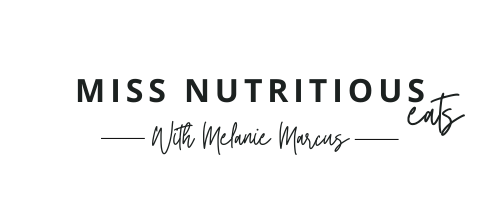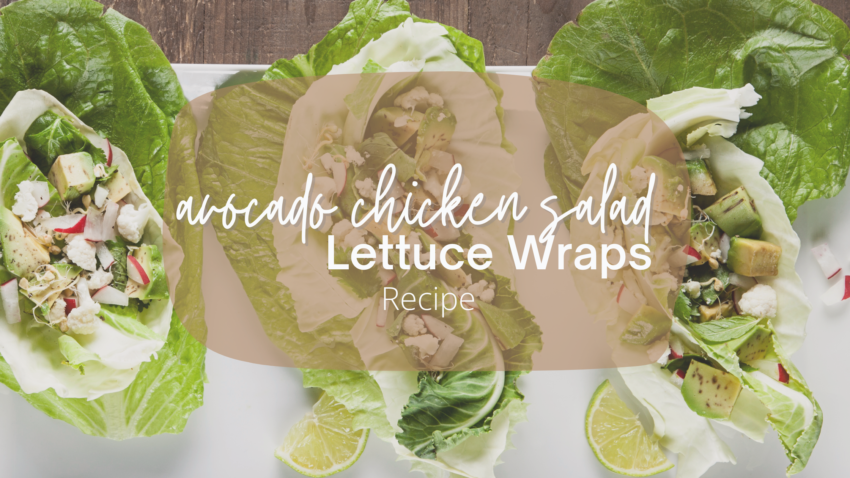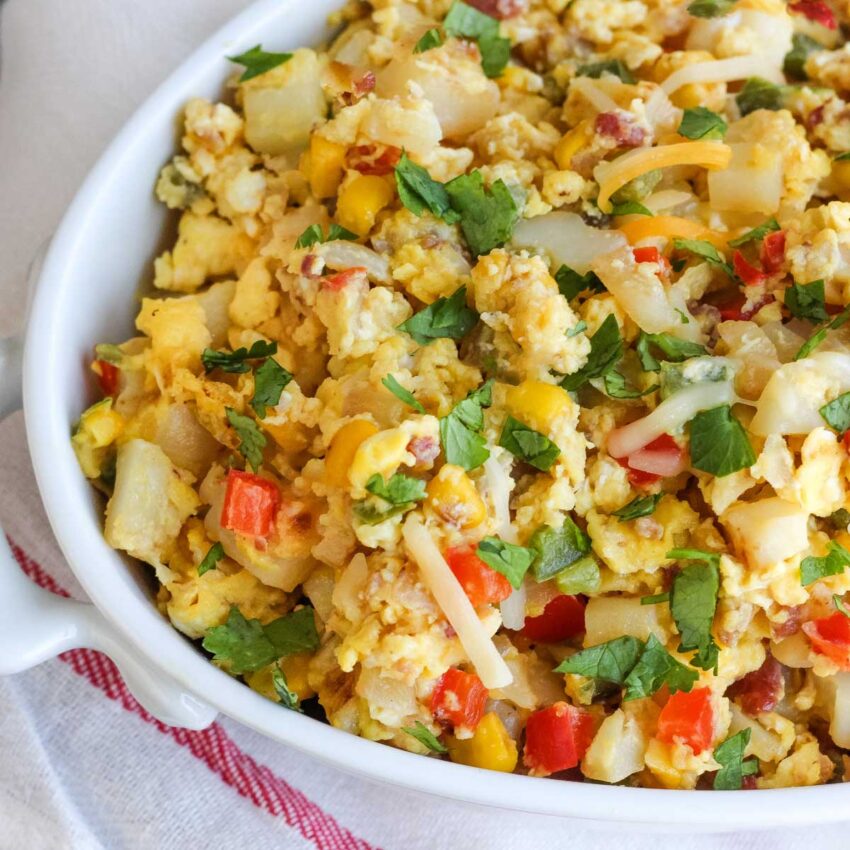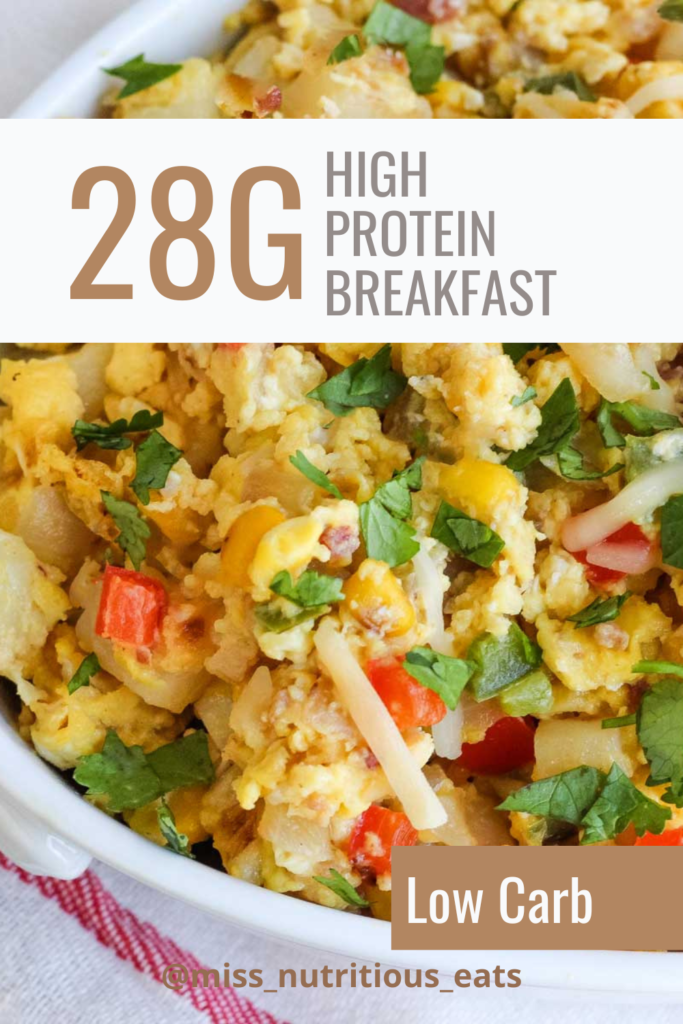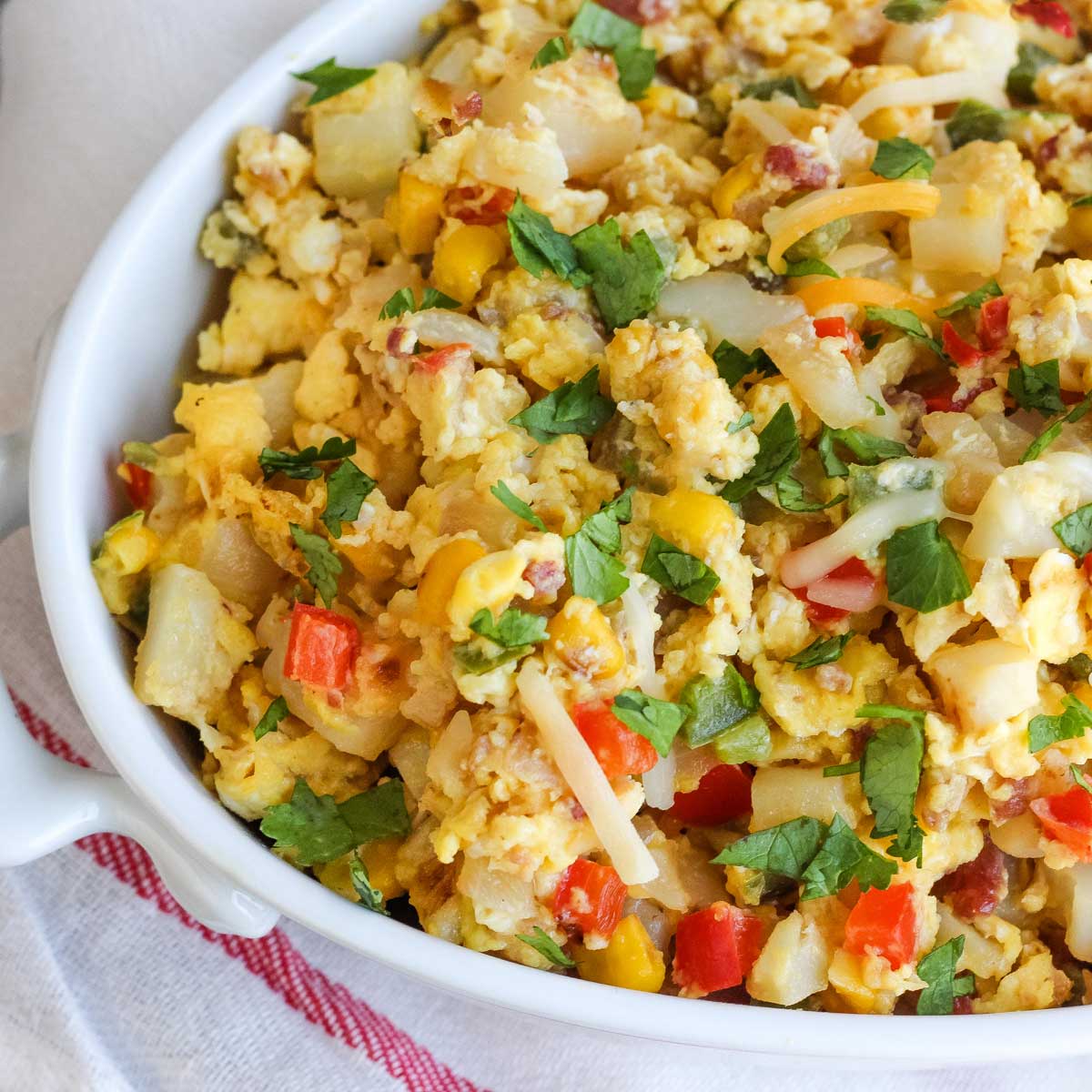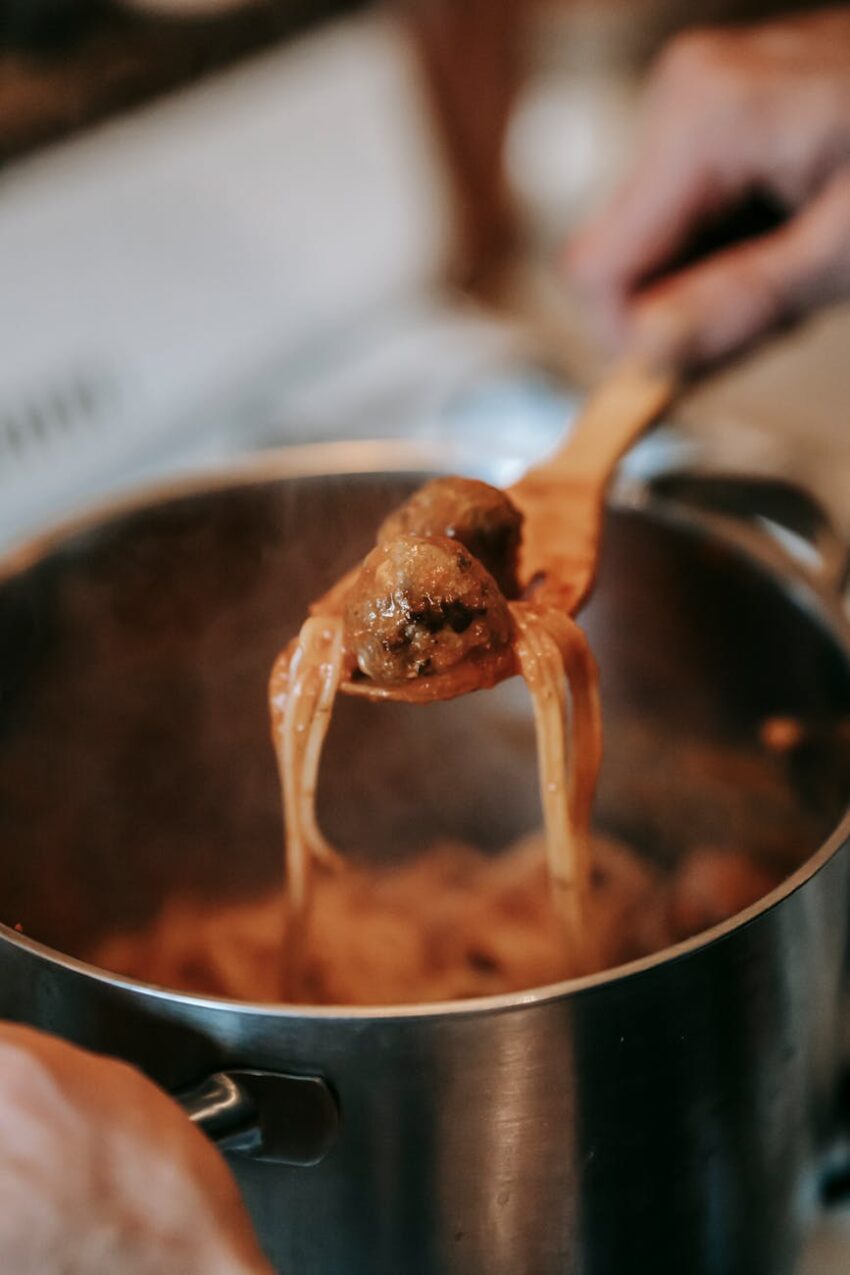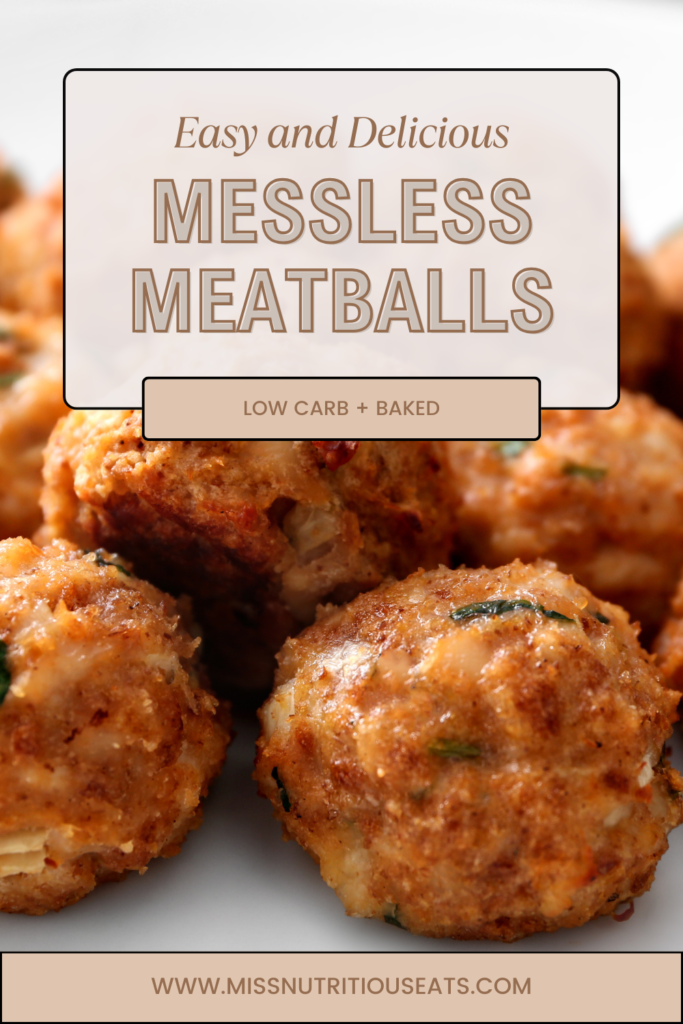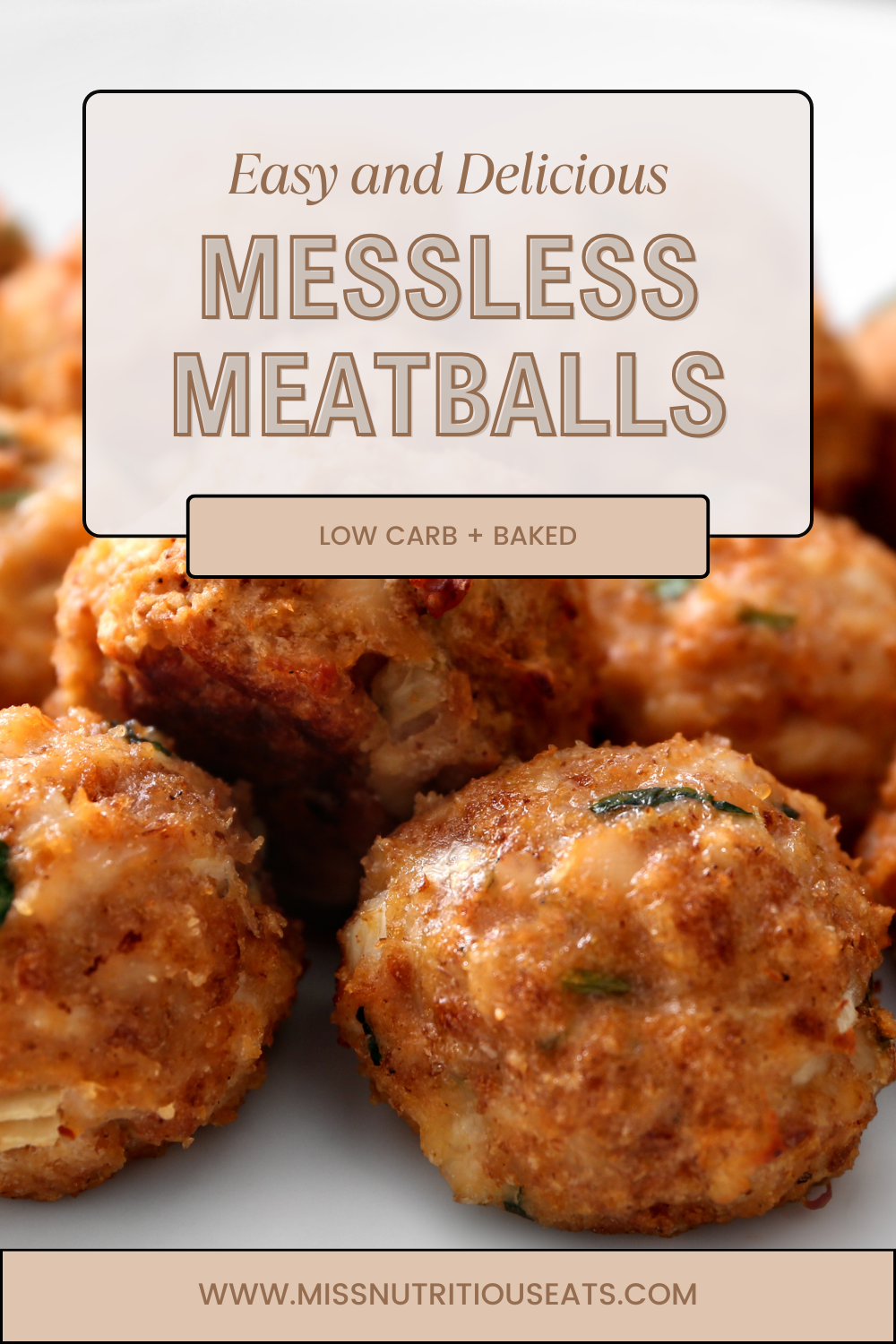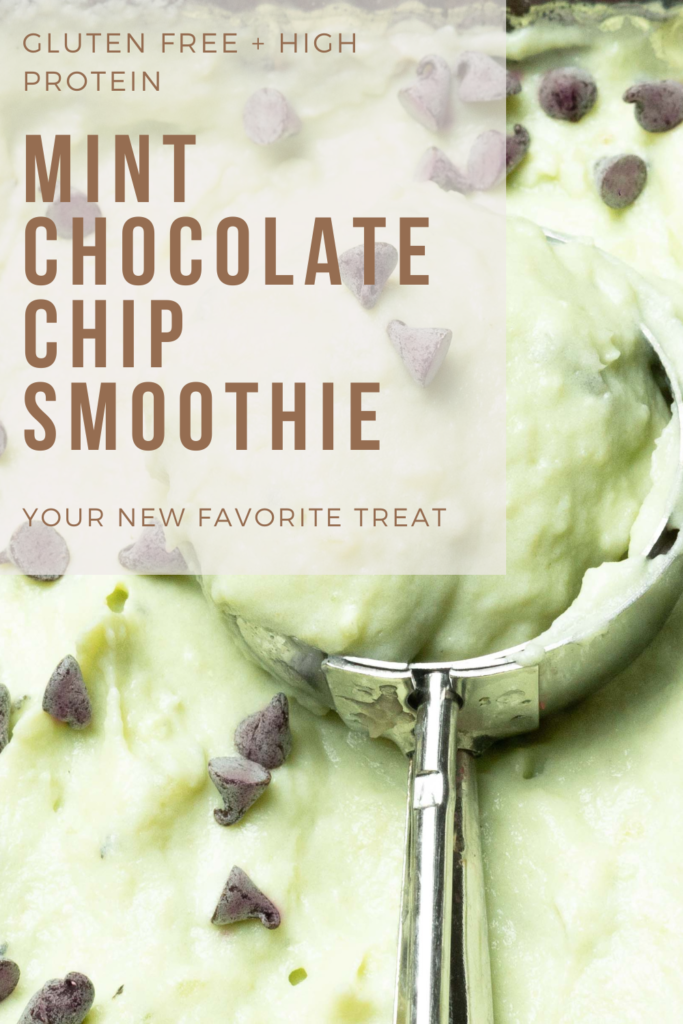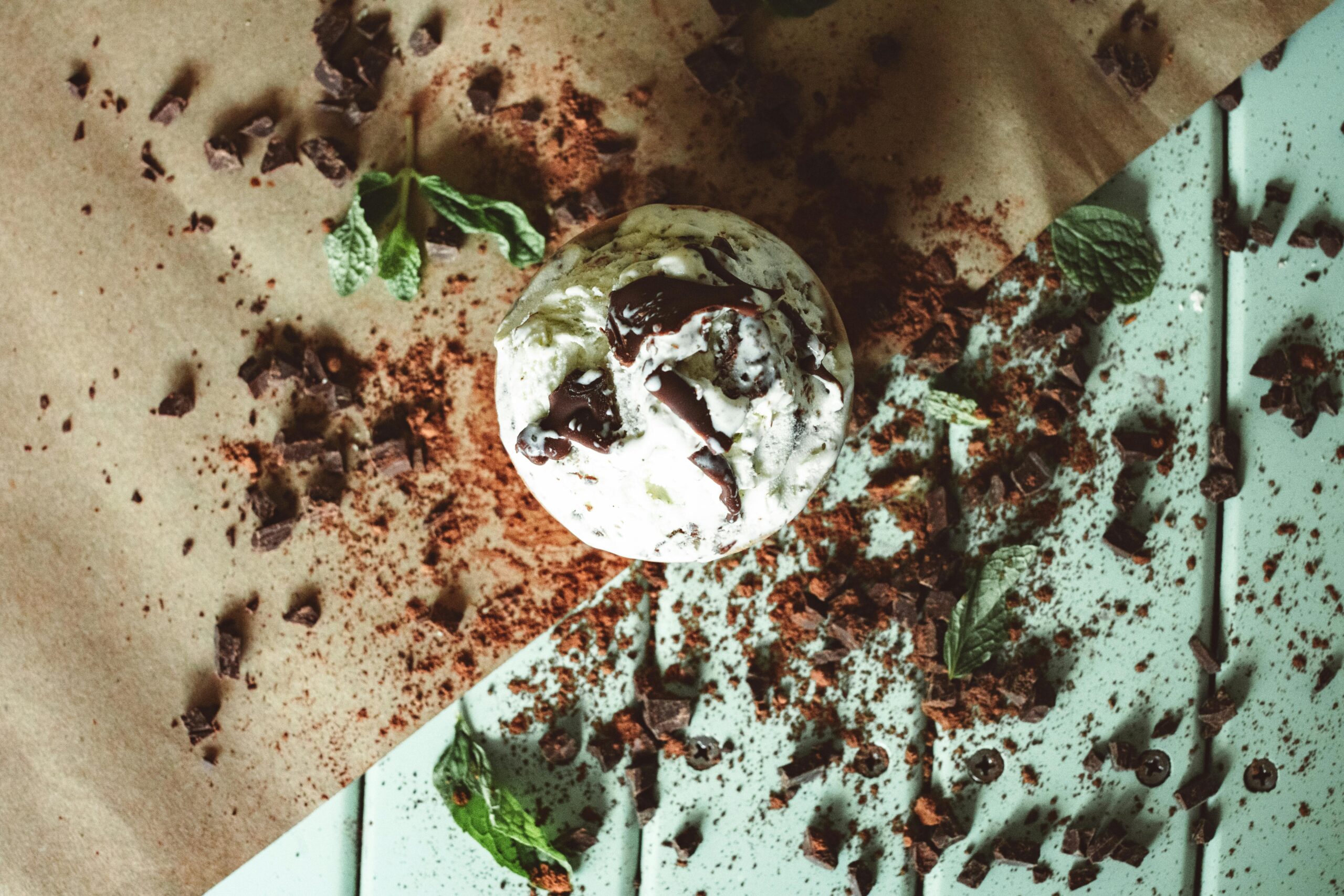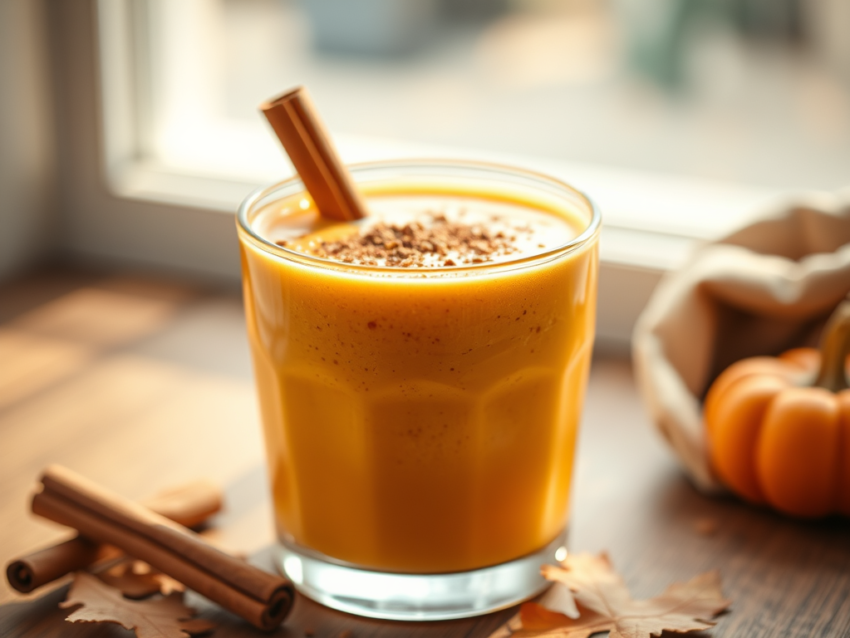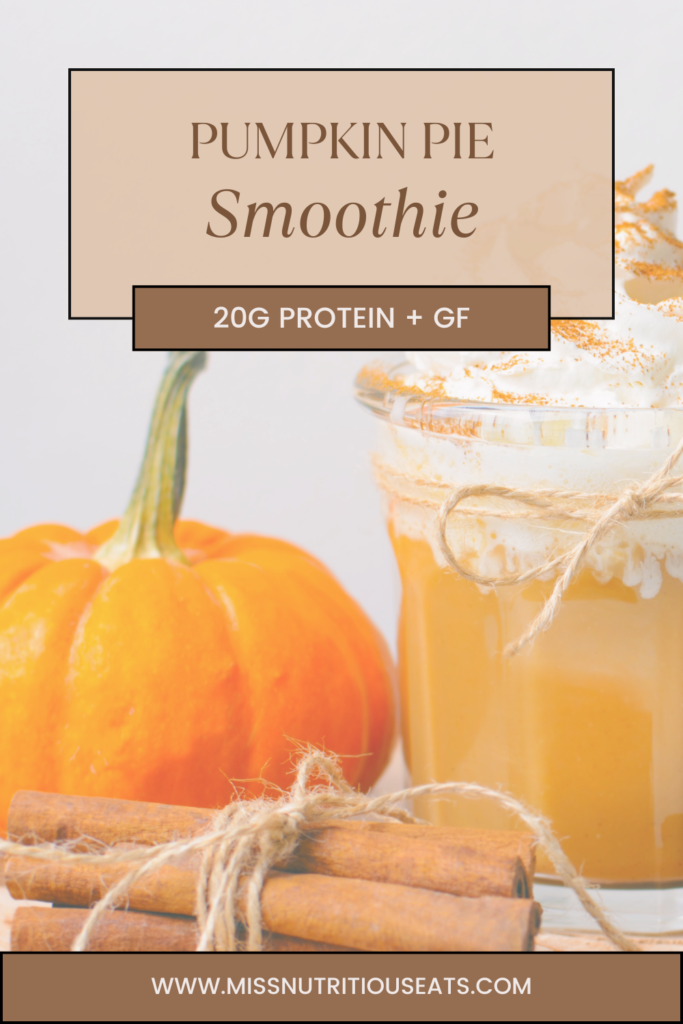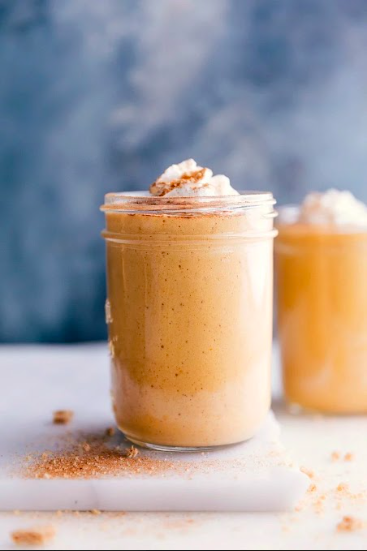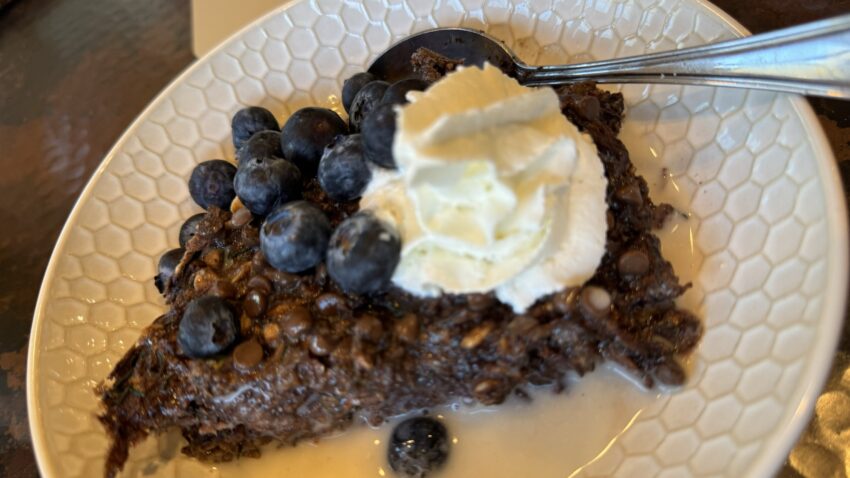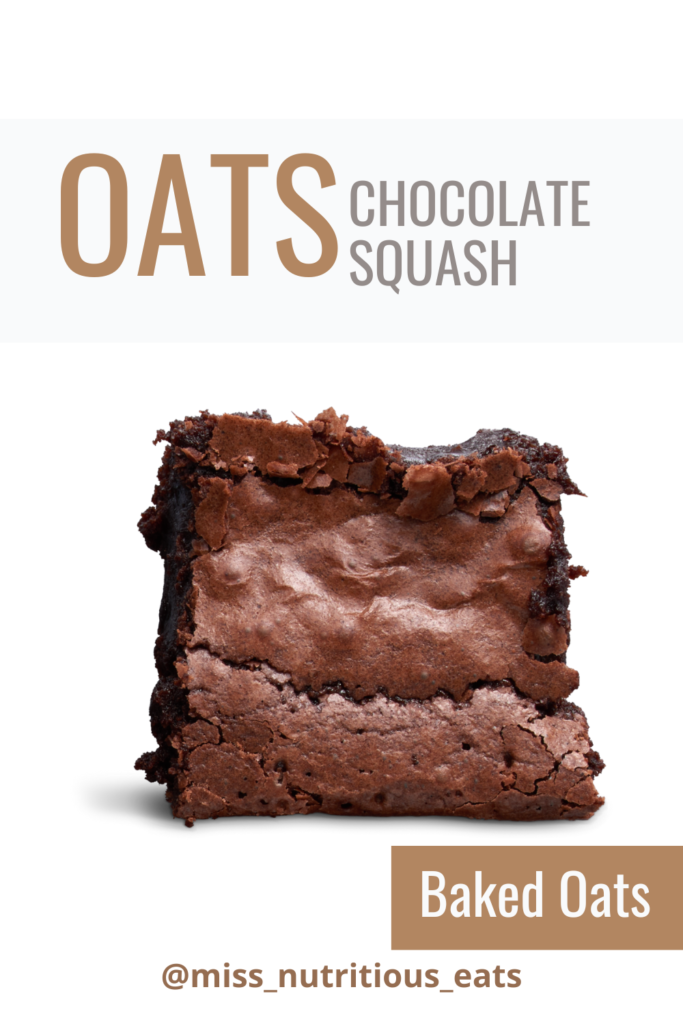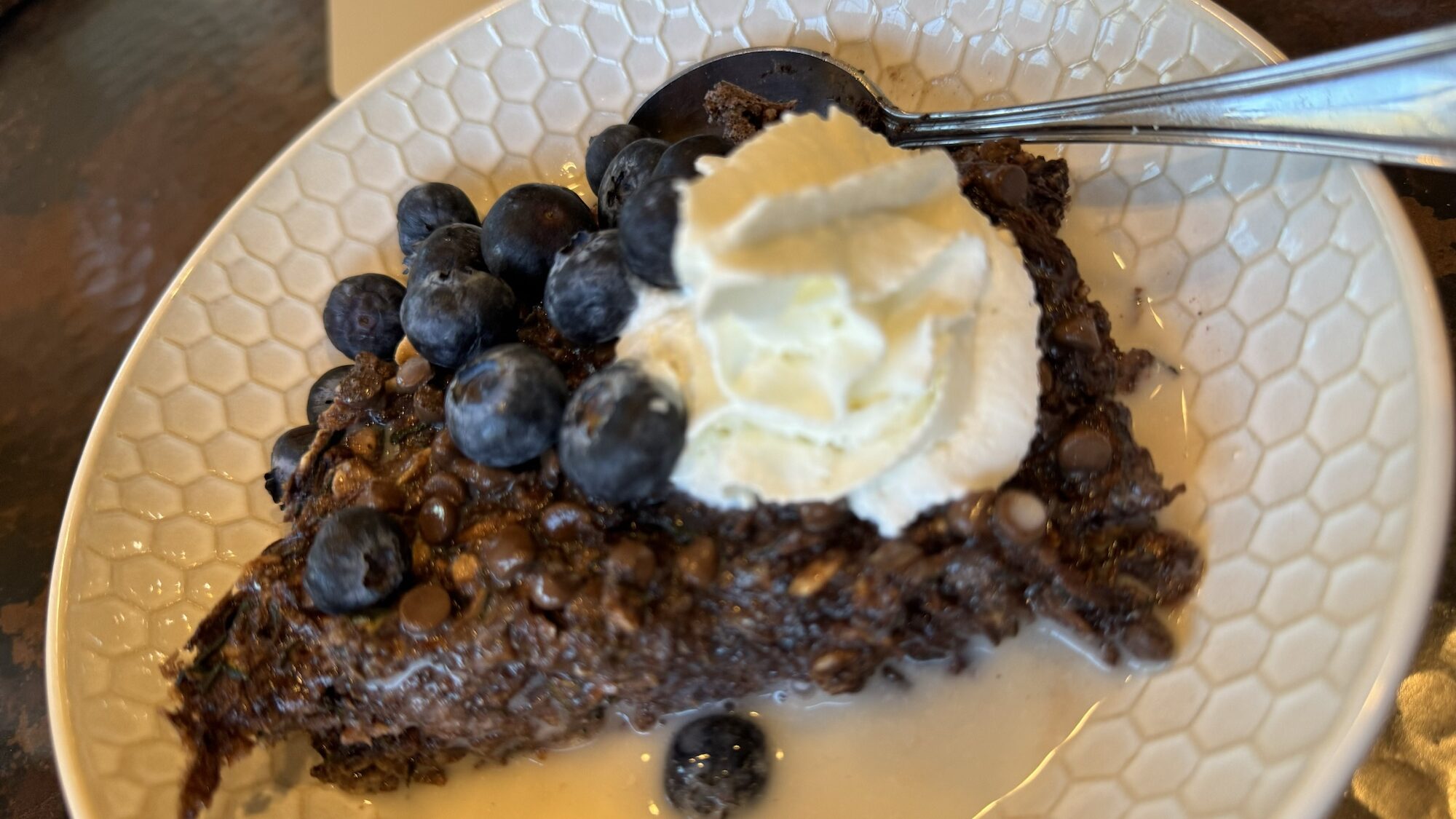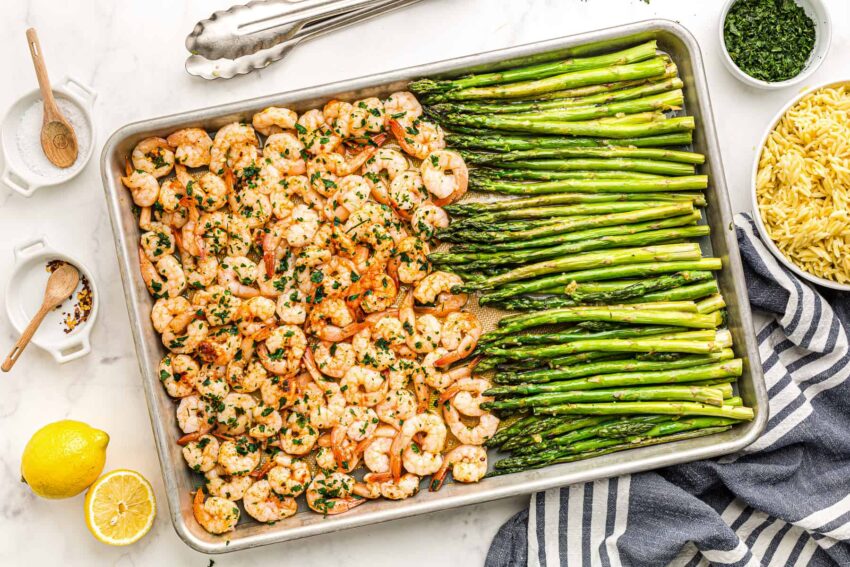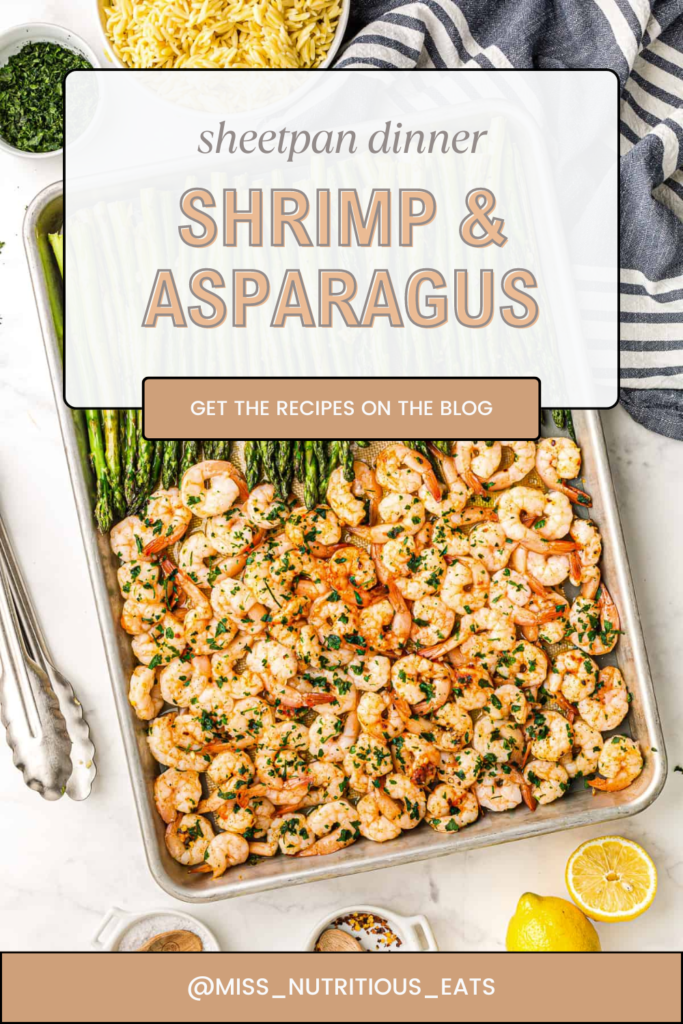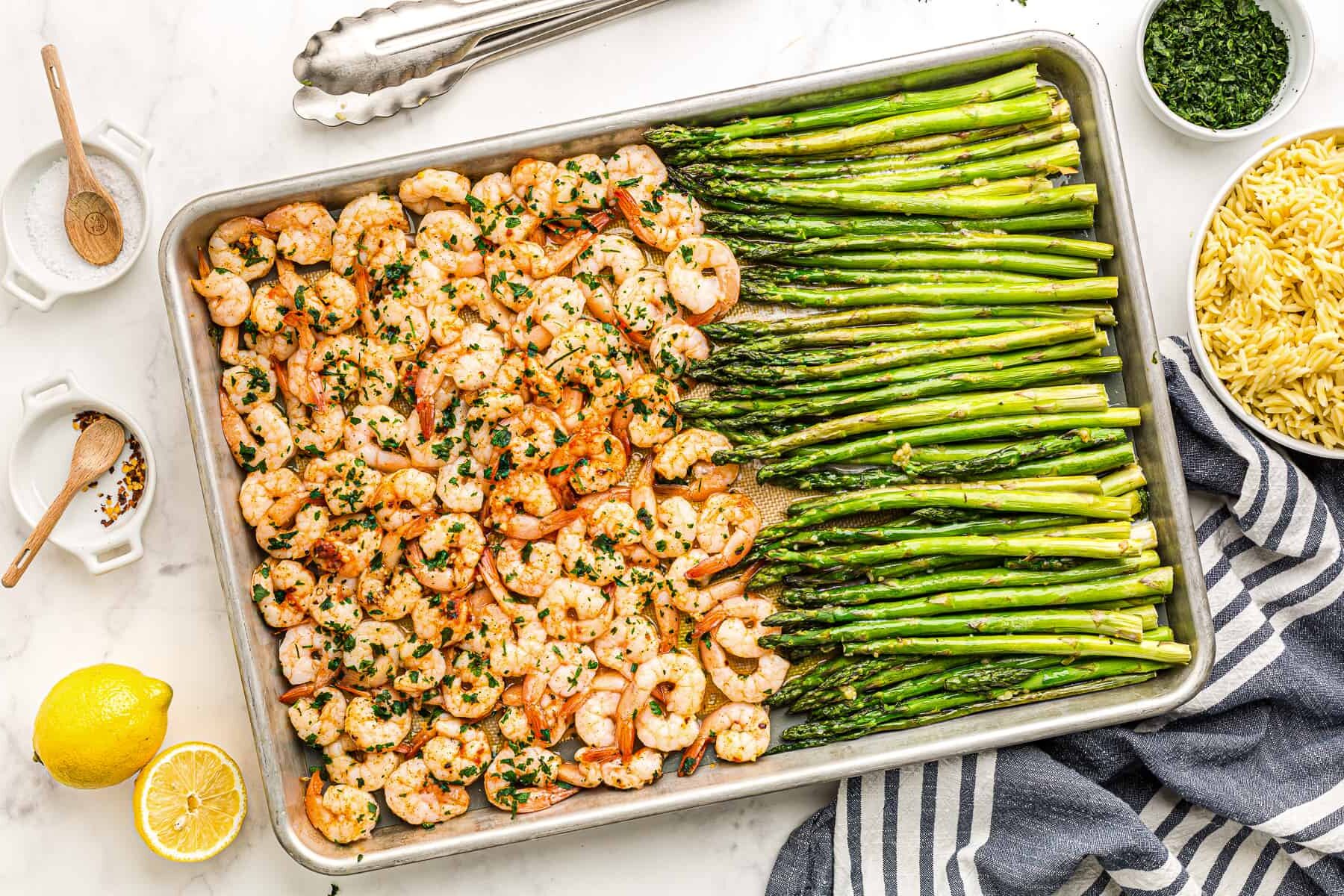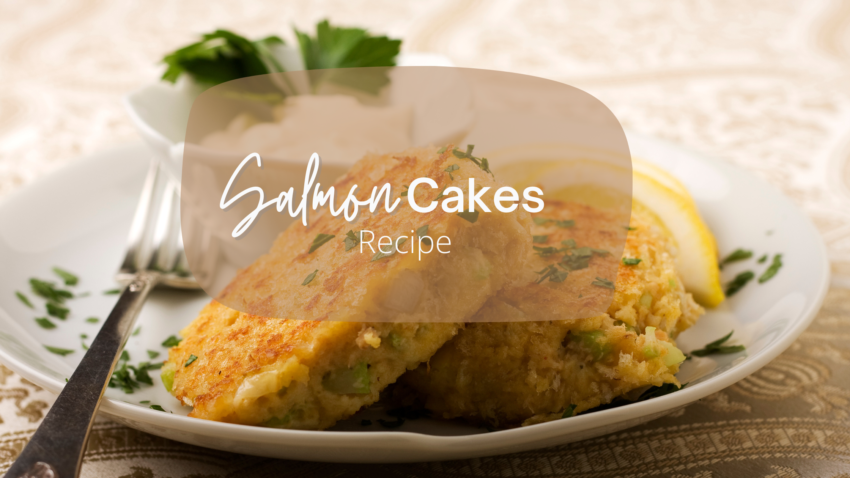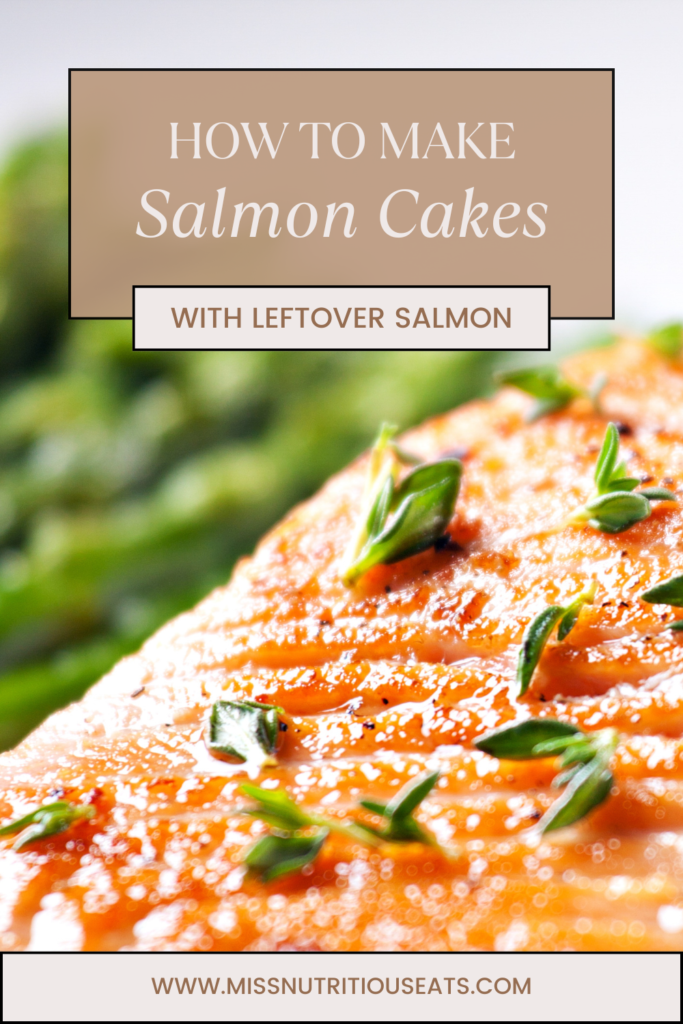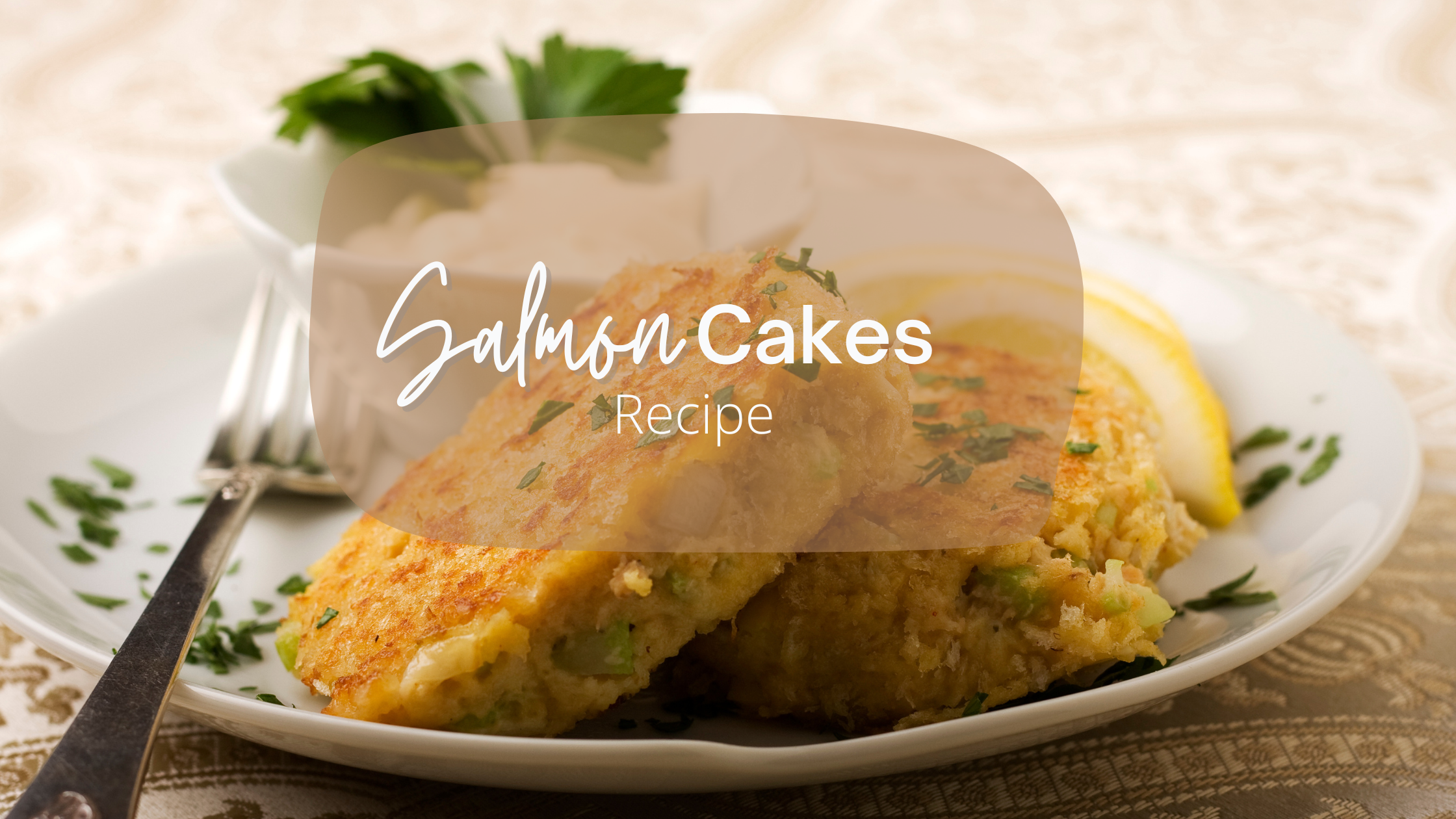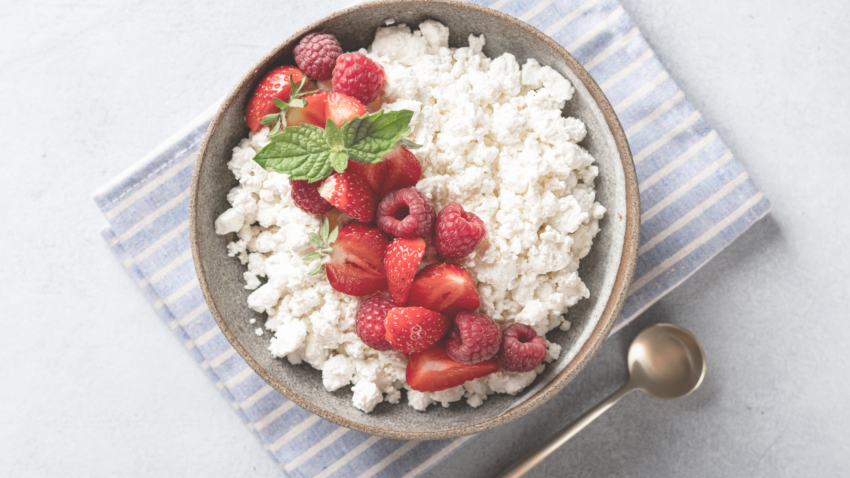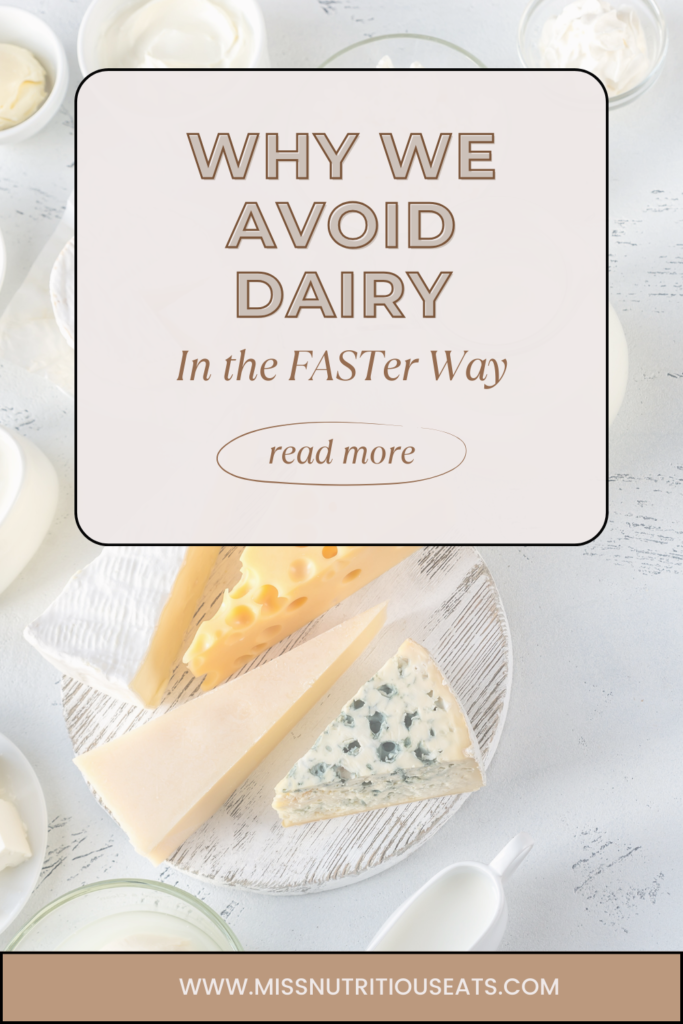Yummy Avocado Chicken Salad Lettuce Wraps recipe
Looking for a healthy lunch that’s easy to make and packed with healthy fats? I love these avocado chicken salad lettuce wraps—they’re one of my go-to meals when I’m trying to keep things light but satisfying. They’re perfect for a quick dinner, lunch, or even something I whip up the night before (if I can resist eating it all and save some for the next day!). With minimal cooking and loads of flavor, this California avocado-inspired dish has definitely become one of my favorite lettuce wrap recipes. Give it a try!
If you’re a chicken salad fan, you may like my macro friendly waldorf chicken salad.
Jump to RecipeTable of contents
Fast, Fresh & Fat-Loss Friendly! 🚀🥑
Kickstart your health journey with these 3 FREE guides—perfect for intermittent fasting, weight loss on the go, and jumpstarting fat loss. Grab yours and make healthy eating easier than ever! 💪
On The GO

I love cooking, but it seems like with 2 school aged children, we are always on the go. Here are some of my go-tos.
Jumpstart Fat Loss

If your new year’s resolution isn’t delivering results, this fat loss guide is for you. Start feeling the difference right away 🙂
😍 Why You’ll Love Avocado Chicken Salad Lettuce Wraps
- Minimal Cooking: Spend as little time as possible in the kitchen with this recipe. Whether you’re using a pre-cooked chicken breast or rotisserie chicken from the grocery store, or even Costco canned chicken you’ll have these wraps ready in no time.
- Handful of Ingredients: You only need a few staples like Greek yogurt, black pepper, and lemon juice, paired with fresh produce like ripe avocados, celery, and romaine lettuce.
- Healthy and Low-Calorie: Packed with healthy fats from the avocado, these wraps are perfect for anyone tracking a calorie diet or aiming to keep things light.
- Refreshing on a Hot Summer Day: Skip heavy meals! These wraps are light, fresh, and exactly what you need to cool down.
- Customizable: Whether you prefer lime juice over lemon juice, or like to throw in extras like green onions or red onion, there’s plenty of room to make them your own.
🗒️ Ingredients + Substitutions
To make these simple lettuce wraps, here’s what you’ll need from the grocery store:
- chicken breast, cooked and shredded. If you’re short on time, use a rotisserie chicken for convenience! Canned Kirkland chicken breast is also a good option.
- avocado, mashed. Use a fresh avocado or hass avocados for the creamiest flavor. I also use Kirkland avocado mash cups when I have them.
- Greek yogurt. Swap with lite sour cream if needed.
- mustard. Dijon mustard works well for a punchier flavor
- lemon juice. Lime juice works too
- celery stalk, chopped
- Salt and black pepper, to taste
- Romaine lettuce leaves (or use butter lettuce, bibb lettuce, or lettuce cups for variety)
Optional add-ins for extra crunch and flavor:
- Green onions
- Red onion, finely diced
- Large avocados for garnish
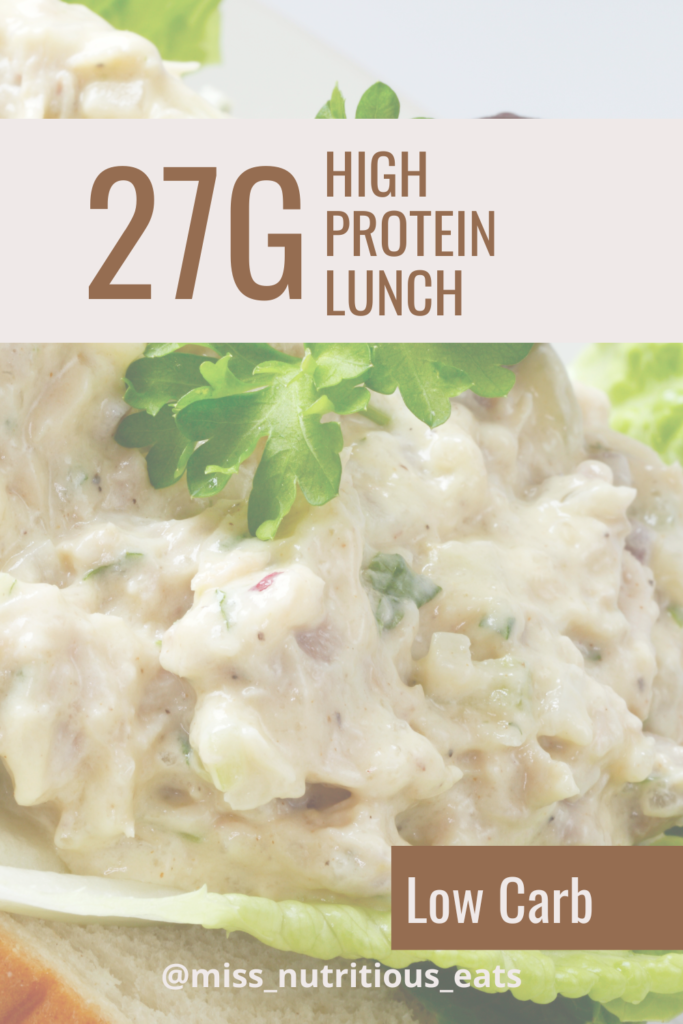
💡 Gluten-Free? Read This!
This delicious recipe is naturally gluten-free, thanks to the use of lettuce leaves rather than bread or wraps. Butter lettuce or bibb lettuce makes a crunchy and pliable replacement for traditional tortillas, while Romaine lettuce provides a crisp texture that’s perfect for these chicken wraps.
👩🍳 How to Make My Avocado Chicken Salad Lettuce Wraps
Follow these simple steps to assemble this healthy lunch in no time:
Cook and Shred the Chicken
If you’re starting from scratch, cook the chicken in a large skillet over medium heat until done. Alternatively, shred leftover chicken from last night, or grab a rotisserie chicken for a quick option.
Mix the Chicken Salad Mixture
Using a large bowl (or mixing bowl), combine shredded chicken, mashed ripe avocado, Greek yogurt, mustard, and lemon juice. Add the chopped celery, then season with salt and black pepper to taste. Mix until well combined.
Prepare the Lettuce Cups
Wash and dry your Romaine lettuce (or butter lettuce) leaves, ensuring they’re clean and crisp.
Serve and Enjoy
Spoon the chicken salad mixture into your lettuce cups or wraps, and serve immediately. Garnish with diced red onion, green onions, or even a sprinkle of Vitamin C-packed lemon zest if desired.
This good way to utilize leftover chicken also makes a great source of high protein, perfect for those on the go!
📓 Best Served With
These avocado wraps pair beautifully with light and refreshing sides. Try these combos:
- A simple salad drizzled with a vinaigrette.
- A side of fresh fruits to add natural sweetness.
- Sparkling water with a splash of lime juice.
👝 How to Store Leftovers
Got extras? Store any leftover chicken salad mixture in an airtight container and refrigerate. It keeps well for 3-4 days, making it a great lunch idea for the week ahead. Pro tip: Keep the mixture separate from the lettuce leaves for maximum freshness when assembling your wraps later!
Join my next 6 week challenge!
Tired of endless diets and no results? Join the FASTer Way to Fat Loss and see real, sustainable changes in just 6 weeks!

🧠 Common Questions
Q1. Can I use a food processor for the chicken salad mixture?
Absolutely! If you prefer a finer texture, blend the ingredients in a food processor before stirring in chopped celery.
Q2. Can I make these wraps ahead of time?
Yes, but for best results, assemble the wraps just before serving. Store the salad mix separately from the bibb lettuce, and your wraps will stay fresh.
Q3. Are there vegetarian substitutes?
For a vegetarian twist, swap the chicken breast with chickpeas or tofu crumbles.
💪🏼 Tracking Macros? Check This Out
With this avocado chicken salad lettuce wrap, you’re tapping into the trifecta of balanced nutrition—healthy fats, high protein, and low carbs. At just 230kcal per serving, it’s packed with 27g of protein, 11g of fat, and only 7g of carbohydrates. While we love carbs in the FASTer Way, when we’re carb cycling, high fat and protein is the way to go.
If you try this recipe, and I hope you do! – Let me know in the comments below!
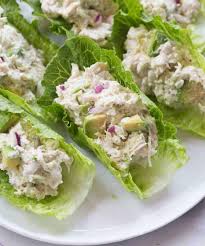
Ingredients
Method
- In a medium-sized bowl, combine the shredded chicken, mashed avocado, Greek yogurt, mustard, and lemon juice.
- Mix well until all ingredients are thoroughly combined.
- Add the chopped celery and season with salt and pepper to taste.
- Stir everything together and serve the mixture inside the Romaine lettuce leaves for a fresh, low-carb wrap. Enjoy!
